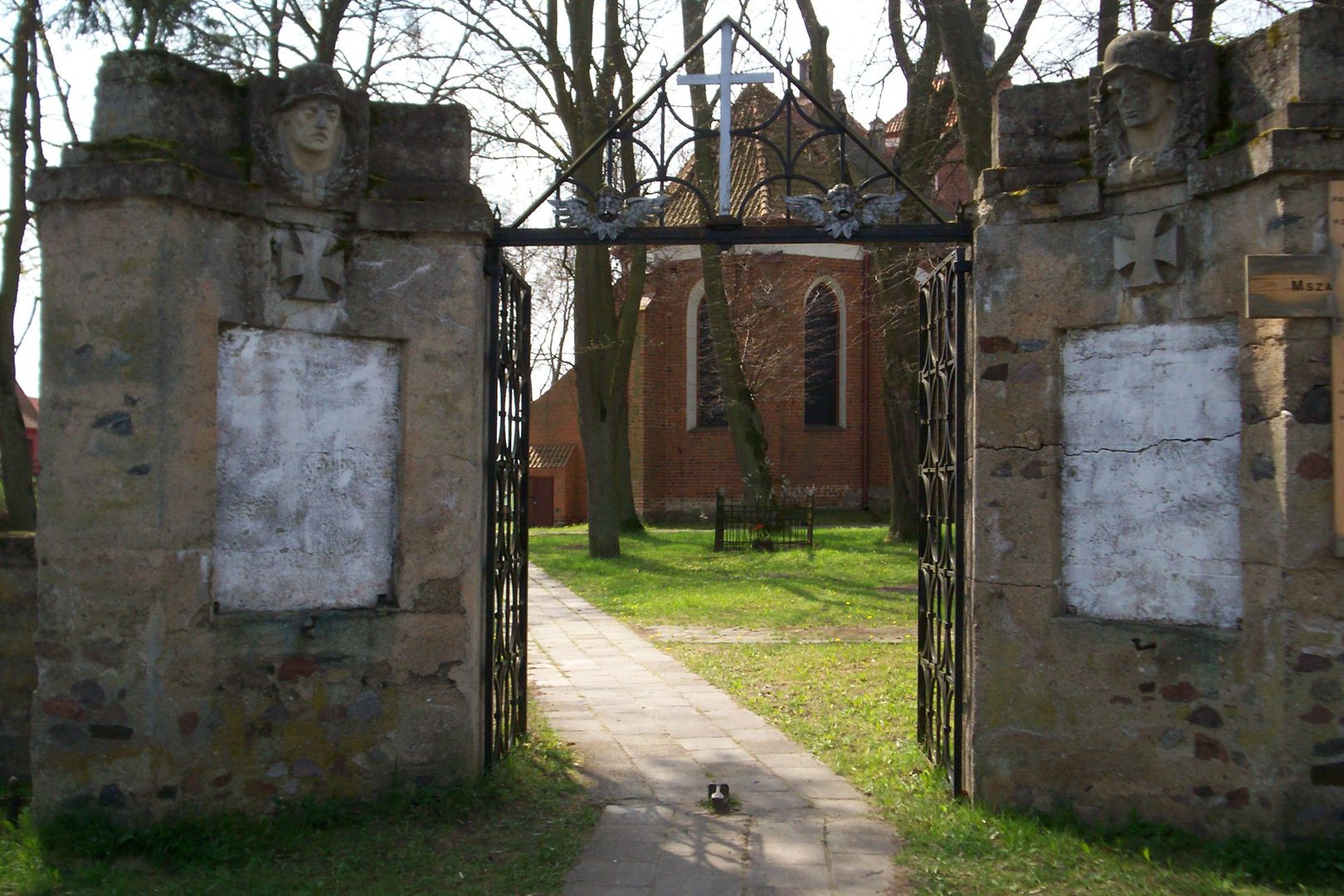Bartąg
6.61

Overview
Bartąg, also known as Groß Bertung, is a village located in Warmia, within the Warmian-Masurian Voivodeship, in the municipality of Stawiguda. It lies on the Łyna River and near Lake Bartąg. The village has a rich history dating back to Prussian times, when a settlement field called Berting existed here. In the 13th century, after the Teutonic Order conquered Prussia, Bartąg was incorporated into Warmia. In 1345, the village was established under Chełmno law by the bailiff Henryk von Luter. The residents were granted fishing rights and privileges related to land cultivation. Over the centuries, the village suffered repeatedly from invasions, including Lithuanian raids and the Polish-Teutonic Wars. In the 16th century, Bartąg became part of the Crown of the Kingdom of Poland, and in the 18th century, it gained a brick church dedicated to St. John the Apostle, built on the site of a previous one that burned down in 1681. The church retains Gothic elements, and its furnishings are a valuable historical monument. Bartąg was also the site of activity of the Brotherhood of Divine Providence, which gained popularity in the 18th century thanks to the efforts of Father Tomasz Grem. The village lost its original agricultural character, and today residents commute to work in Olsztyn. Nowadays, Bartąg enjoys a growing population, which in 2016 numbered 1,603. An interesting fact is that Bartąg has commemorative plaques honoring residents who died in World War I and well-maintained roadside shrines. The village is also crossed by railway lines, facilitating transportation. The culture and history of Bartąg remain alive, and local initiatives strive to revive the memory of the past and support community development.
Location
2025 Wizytor | All Rights Reserved